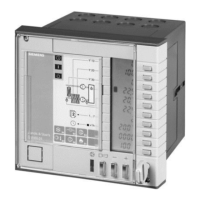
Do you have a question about the Siemens AEROGYR RWI65.01 and is the answer not in the manual?
| Brand | Siemens |
|---|---|
| Model | AEROGYR RWI65.01 |
| Category | Controller |
| Language | English |
Describes the types of ventilating and air conditioning plants the controller is used for.
Lists the regulating units and actuators compatible with the controller for system integration.
Details the control and monitoring capabilities of the RWI65.01 controller for HVAC systems.
Explains the role and functionality of communication cards in large plant systems for data exchange.
Explains automatic sensor identification, PI control, and operating action selection for the controller.
Describes outside temperature compensation and set value compensation methods for precise control.
Details temperature control, cascade control, and supply air temperature control strategies.
Describes the economizer function for optimizing fresh air supply based on temperature differences.
Explains the control sequences for air dampers and heat recovery systems.
Details the frost protection operation for air heater batteries, including protective actions and sensor requirements.
Describes the procedures and prerequisites for switching the plant on, including operating modes.
Covers monitoring operations for plants with hot water and electric air heater batteries.
Explains the efficiency supervision for heat recovery systems, requiring additional sensors.
Details the weekly time switch function for programmable switching on/off times.
Explains the procedure for acknowledging fault status signals and their indication on the unit.
Describes the controller's display, setting buttons, and indicator lamps for operation.
Details operation with the front cover closed (level 1) and open (levels 2 and 3).
Explains how to configure the controller settings using the internal DIL switches.
Details the types of communication cards (FLN, LON/BACnet, LPB) supported by the controller.
Provides essential engineering and installation guidelines for the controller.
Covers aids for commissioning, settings configuration, and important recommendations.
Specifies the controller's power supply requirements and input signal characteristics.
Details the controller's analog and relay outputs, and degree of protection ratings.
Outlines environmental conditions and compliance with relevant product and EMC standards.
Illustrates the controller's internal diagram and connection principles.
Provides detailed connection diagrams for sensors, remote units, and control signals.
Lists all data points, their descriptions, ranges, and factory settings for configuration.
Details heating curve parameters and efficiency supervision for heat recovery systems.
Illustrates the reaction of outputs to various incoming fault status signals.
Shows the output reactions for acknowledged present fault status signals.
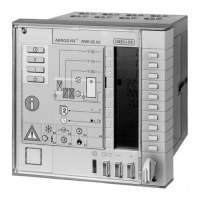
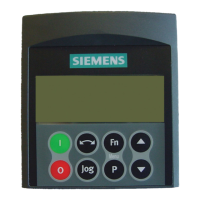

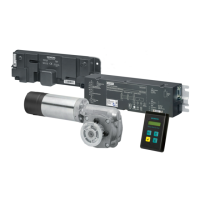


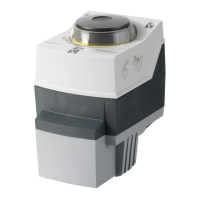
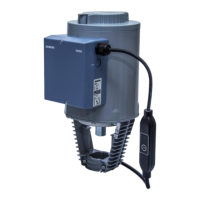
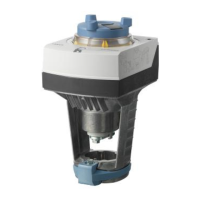
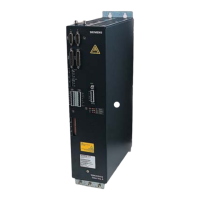
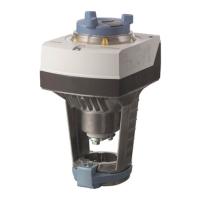

